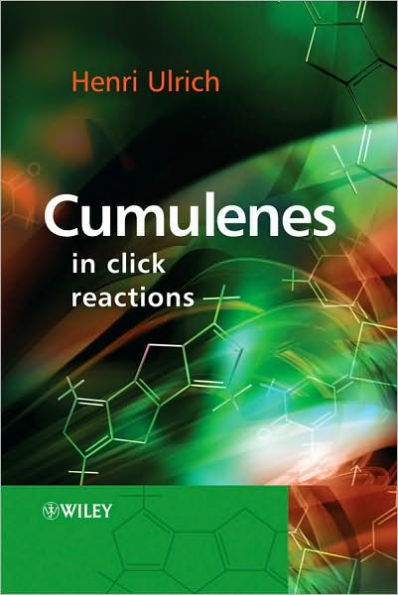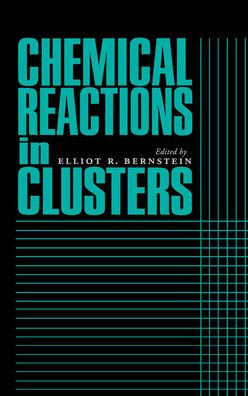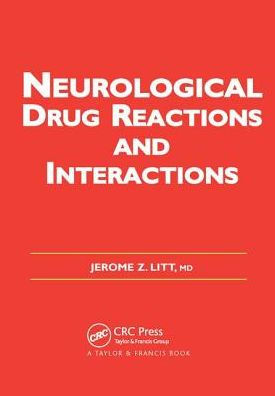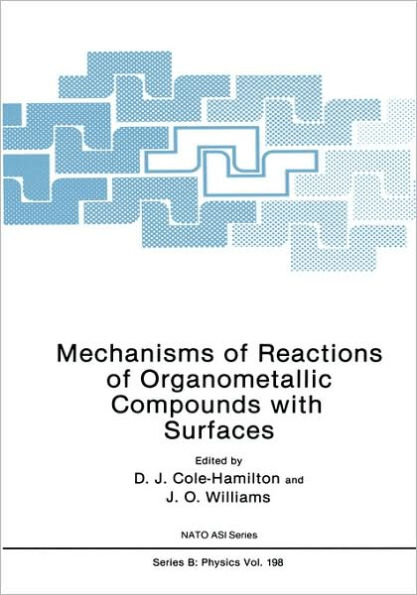Home
Cumulenes in Click Reactions / Edition 1
Barnes and Noble
Loading Inventory...
Cumulenes in Click Reactions / Edition 1 in Franklin, TN
Current price: $239.95

Barnes and Noble
Cumulenes in Click Reactions / Edition 1 in Franklin, TN
Current price: $239.95
Loading Inventory...
Size: OS
Cumulenes are organic molecules with two or more cumulative (consecutive) double bonds. Their reactions often proceed at room temperature, with or without a catalyst, and are stereospecific, giving the reaction products in high yields – features characteristic of “click reactions”.
Cumulenes in Click Reactions
presents a comprehensive list of cumulene systems and their reactions, with an emphasis on their “click-like” nature. The chapters are structured according to the number of carbon atoms in the system, including coverage of:
introduction to the chemistry of cumulenes
one-carbon cumulenes: sulfines, sulfenes, thiocarbonyl S-imides, thiocarbonyl S-sulfides, and 1-aza-2-azoniaallene salts
two-carbon cumulenes: carbon oxides, carbon sulfides, carbon nitrides (isocyanates, isothiocyanates, and carbodiimides), phosphaallenes, and diarsaallenes
1,2-dicarbon cumulenes: ketenes, thioketenes, ketenimines, 1-silaallenes, 1-phosphaallenes, and other metal allenes
1,3-dicarbon cumulenes: thiocarbonyl S-ylides, 2-azaallenium salts, 1-oxa-3-azoniabutatriene salts, 1-thia-3-azoniabutatriene salts, and phosphorous ylides
1,2,3-tricarbon cumulenes: allenes, butatrienes, higher cumulenes and heterobutatrienes
noncarbon cumulenes: azides, triazaallenium salts, sulfur oxides, sulfur nitrides, N-sulfinylamines, sulfurdiimides, and dithionitronium cation
is an essential guide for researchers and advanced students in academia and research working in synthetic organic, inorganic and bioorganic chemistry.
Cumulenes in Click Reactions
presents a comprehensive list of cumulene systems and their reactions, with an emphasis on their “click-like” nature. The chapters are structured according to the number of carbon atoms in the system, including coverage of:
introduction to the chemistry of cumulenes
one-carbon cumulenes: sulfines, sulfenes, thiocarbonyl S-imides, thiocarbonyl S-sulfides, and 1-aza-2-azoniaallene salts
two-carbon cumulenes: carbon oxides, carbon sulfides, carbon nitrides (isocyanates, isothiocyanates, and carbodiimides), phosphaallenes, and diarsaallenes
1,2-dicarbon cumulenes: ketenes, thioketenes, ketenimines, 1-silaallenes, 1-phosphaallenes, and other metal allenes
1,3-dicarbon cumulenes: thiocarbonyl S-ylides, 2-azaallenium salts, 1-oxa-3-azoniabutatriene salts, 1-thia-3-azoniabutatriene salts, and phosphorous ylides
1,2,3-tricarbon cumulenes: allenes, butatrienes, higher cumulenes and heterobutatrienes
noncarbon cumulenes: azides, triazaallenium salts, sulfur oxides, sulfur nitrides, N-sulfinylamines, sulfurdiimides, and dithionitronium cation
is an essential guide for researchers and advanced students in academia and research working in synthetic organic, inorganic and bioorganic chemistry.
Cumulenes are organic molecules with two or more cumulative (consecutive) double bonds. Their reactions often proceed at room temperature, with or without a catalyst, and are stereospecific, giving the reaction products in high yields – features characteristic of “click reactions”.
Cumulenes in Click Reactions
presents a comprehensive list of cumulene systems and their reactions, with an emphasis on their “click-like” nature. The chapters are structured according to the number of carbon atoms in the system, including coverage of:
introduction to the chemistry of cumulenes
one-carbon cumulenes: sulfines, sulfenes, thiocarbonyl S-imides, thiocarbonyl S-sulfides, and 1-aza-2-azoniaallene salts
two-carbon cumulenes: carbon oxides, carbon sulfides, carbon nitrides (isocyanates, isothiocyanates, and carbodiimides), phosphaallenes, and diarsaallenes
1,2-dicarbon cumulenes: ketenes, thioketenes, ketenimines, 1-silaallenes, 1-phosphaallenes, and other metal allenes
1,3-dicarbon cumulenes: thiocarbonyl S-ylides, 2-azaallenium salts, 1-oxa-3-azoniabutatriene salts, 1-thia-3-azoniabutatriene salts, and phosphorous ylides
1,2,3-tricarbon cumulenes: allenes, butatrienes, higher cumulenes and heterobutatrienes
noncarbon cumulenes: azides, triazaallenium salts, sulfur oxides, sulfur nitrides, N-sulfinylamines, sulfurdiimides, and dithionitronium cation
is an essential guide for researchers and advanced students in academia and research working in synthetic organic, inorganic and bioorganic chemistry.
Cumulenes in Click Reactions
presents a comprehensive list of cumulene systems and their reactions, with an emphasis on their “click-like” nature. The chapters are structured according to the number of carbon atoms in the system, including coverage of:
introduction to the chemistry of cumulenes
one-carbon cumulenes: sulfines, sulfenes, thiocarbonyl S-imides, thiocarbonyl S-sulfides, and 1-aza-2-azoniaallene salts
two-carbon cumulenes: carbon oxides, carbon sulfides, carbon nitrides (isocyanates, isothiocyanates, and carbodiimides), phosphaallenes, and diarsaallenes
1,2-dicarbon cumulenes: ketenes, thioketenes, ketenimines, 1-silaallenes, 1-phosphaallenes, and other metal allenes
1,3-dicarbon cumulenes: thiocarbonyl S-ylides, 2-azaallenium salts, 1-oxa-3-azoniabutatriene salts, 1-thia-3-azoniabutatriene salts, and phosphorous ylides
1,2,3-tricarbon cumulenes: allenes, butatrienes, higher cumulenes and heterobutatrienes
noncarbon cumulenes: azides, triazaallenium salts, sulfur oxides, sulfur nitrides, N-sulfinylamines, sulfurdiimides, and dithionitronium cation
is an essential guide for researchers and advanced students in academia and research working in synthetic organic, inorganic and bioorganic chemistry.

















